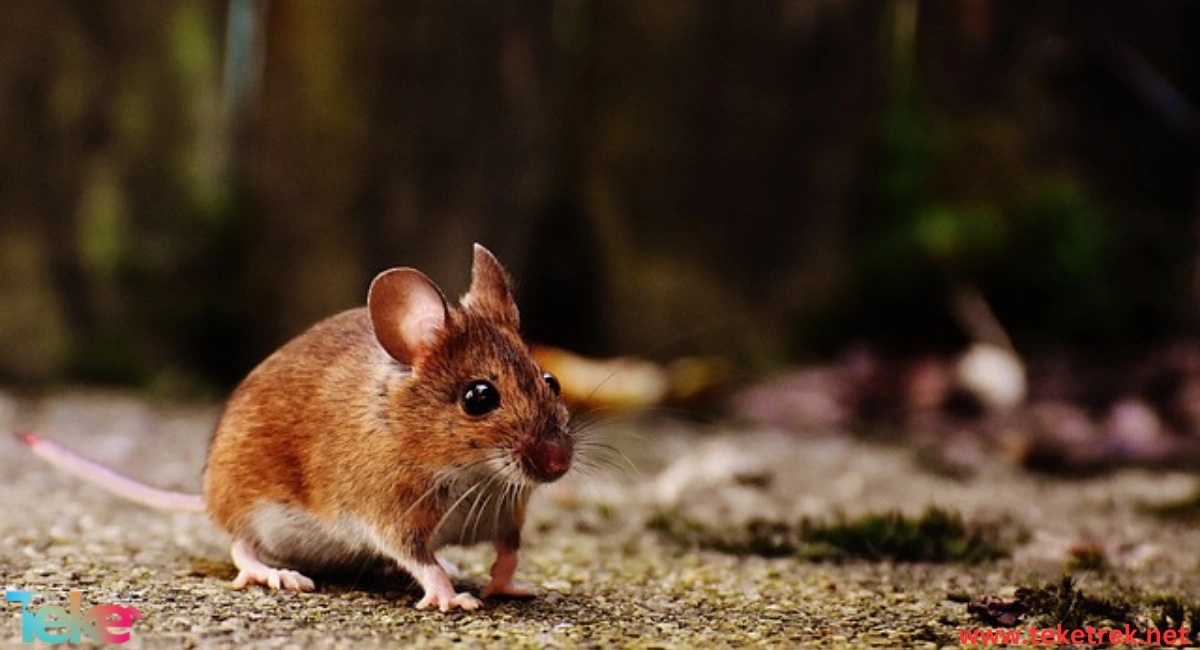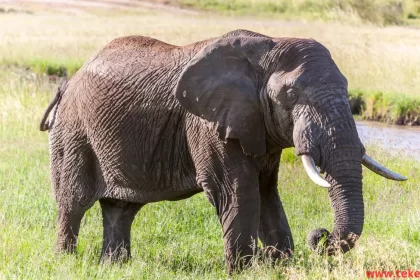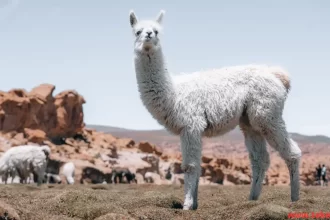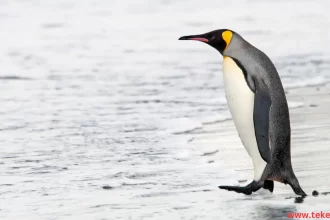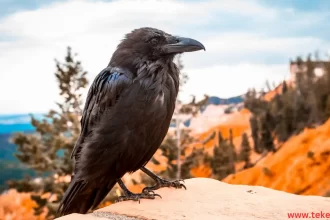The mouse is indeed a small creature, yet remarkably resilient.
While many of us may find mice repulsive and disgusting, it’s important to note that in many cultures around the world, they are revered.
They are considered symbols of wisdom and vitality, and in some societies, they symbolize new beginnings.
Below we talk about it on the Trektek website we will discover more.

Information about mice
The scientific name for the mouse is Mus, It has the following specifications:
- Mice are small rodents with pointed snouts and small round ears. They belong to the mammal family Muridae.
- A mouse’s body is covered in fur except for its tail, mostly colored in shades of brown, white, and gray. Additionally, most mice have long whiskers and sensory hairs around their ears and noses. Their tails are long and slender, aiding in running, jumping, and balance.
- Mice are nocturnal creatures, relying on their keen sense of smell to find food. They typically live for about three years, though their lifespan is often shortened due to predators such as cats, dogs, foxes, and snakes, as well as human intervention.
- There are approximately 65 species of mice, most of which inhabit remote forests.
- Mice cannot see color but can distinguish shades from black to white.
- The length of mice ranges from 12 to 21 centimeters, including the tail, and they weigh between 7 to 57 grams.
Habitat
- Mice, in all their varieties, tend to live near human environments and can be found in almost every country. Their original habitat is Southeast Asia and Africa, with many species preferring mountainous regions. They are also found in India, China, Guinea, Australia, and Europe.
- They can live in forests, grasslands, and homes. Typically, mice create burrows underground to protect themselves from predators.
- Mice are characterized by their small size, which allows them to thrive in diverse environments, as their size makes almost any place suitable for them.
Food
- Mice are considered herbivores, but in reality, they consume almost anything. For example, they eat wood, leaves, and flesh. They especially consume grains and fruits, making them one of the main causes of crop damage.
- They may also eat the corpses of other mice. Scientists say they may gnaw on their tails when food is scarce.
- A mouse eats around 15-20 times a day, so they typically build their homes near food sources. It’s said that a mouse can travel up to 8 meters from its burrow to find food.
- Mice are opportunistic creatures, feeding on any available food sources. Their large incisors help them quickly access food.
- Mice build highly complex burrows, often containing separate areas for storing food, sleeping, and using the restroom.
Reproduction
- Mice reproduce year-round, driven by the need to sustain their population and cope with daily risks. Their reproductive system is unique, with both males and females reaching sexual maturity at around fifty days old.
- The gestation period for mice is approximately 21 days, with a female giving birth to an average of 8 pups per litter. A female mouse can potentially reproduce up to 8 times in a single year.
Strange facts
- Mice are complex and highly intelligent creatures. They are also extremely social beings, enjoying the company of their families and engaging in activities like playing, wrestling, and sleeping.
- When senses fear, it may play dead to remove the threat from its life.
- Mice can use their whiskers to detect the temperature of their surroundings and to feel for any smooth or rough surfaces they walk or run on.
- Mice are among the most commonly used animals in laboratories for scientific experiments. Surprisingly, mice are considered a delicacy in East Zambia and northern Malawi, where they are consumed as a protein source.
- These creatures are nocturnal, being more active at night than during the day. They can enter homes through small cracks or holes as small as 0.635 cm in diameter.
- Mice do not need to drink water separately, as they can obtain enough moisture from the food they eat.
- There are claims that can predict earthquakes before they occur.
- Despite being very clean animals and grooming themselves meticulously, the areas they inhabit often have a strong, pungent odor.
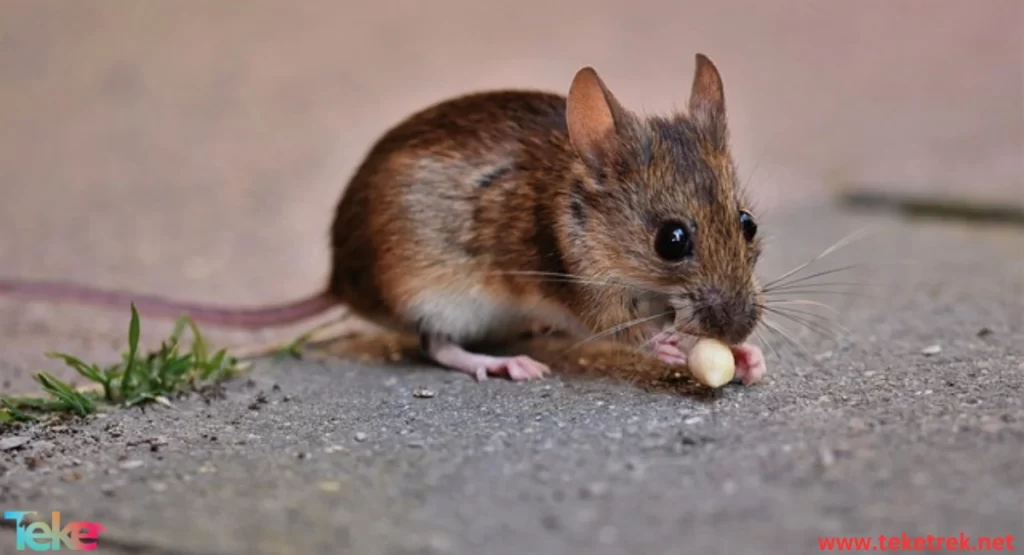
Benefits and harms
- Medical research heavily relies on mice, as they are used to test chemical drugs. Once the success of these drugs is proven, they are adopted for human use.
- Mice are among the most troublesome animals when they enter homes, as they not only eat food but also gnaw on wires, furniture, and walls.
- Mice can transmit serious diseases such as plague and tick fever. They carry various diseases to humans through contact with their feces, saliva, or urine. This means that simply touching , directly or indirectly through ticks, fleas, or mites, can transmit infections to humans.
Types
House : An annoying animal to humans, characterized by its gray-brown color. Domestic mice require about 3 grams of food daily, preferring grains. They have small feet, large eyes, large ears, and a pointed nose. Their tails are nearly bald, and their bodies are thicker than other species, emitting a strong odor. House the most common rodents worldwide. A female can give birth to up to 10 offspring every three weeks, meaning 150 babies per year.
Field : Characterized by small eyes and includes species such as the Bank Vole, Field Vole, and Water Vole in Britain. The fourth type is the Orkney Vole.
Wood : Prefers eating tree seeds but also consumes berries, insects, fruits, nuts, and fungi. They inhabit forests, rough pastures, and gardens.
Harvest : The smallest rodent in Europe, weighing only 6 grams, found in grasslands and around forest edges. It is herbivorous, feeding on seeds, fruits, and invertebrates.
Yellow-necked : Recognizable by its yellow fur collar, feeding on buds, seeds, nuts, and small insects. It is found in southern England and southern Wales.
Bank Vole: The smallest rodent in the UK, active during both day and night, capable of climbing shrubs to search for fruits, nuts, and insects.
In conclusion
In conclusion, we certainly won’t believe the famous cartoon “Tom and Jerry,” which made everyone sympathize with mice. Despite being among the most annoying animals, they are also considered adorable and resilient creatures. Some people even keep them as pets, emphasizing the need to dispel fear and panic upon seeing them.

